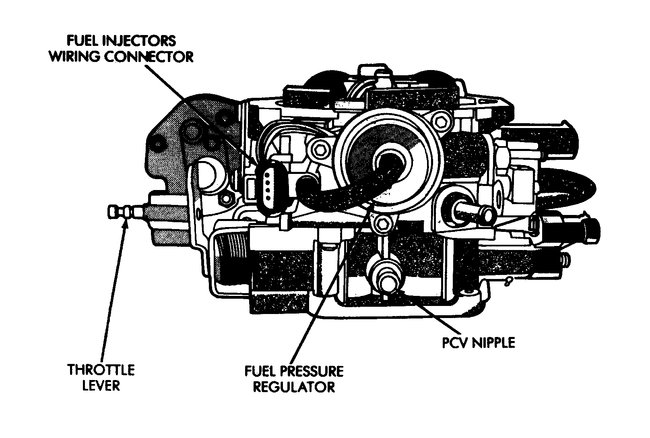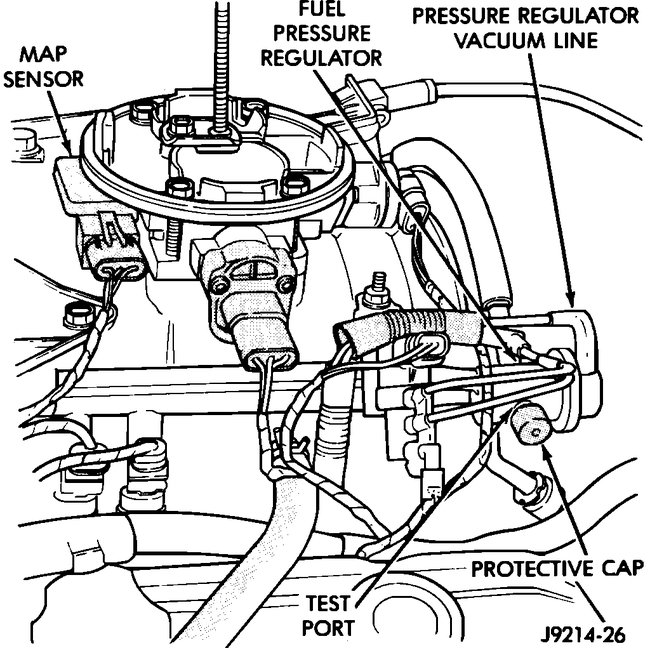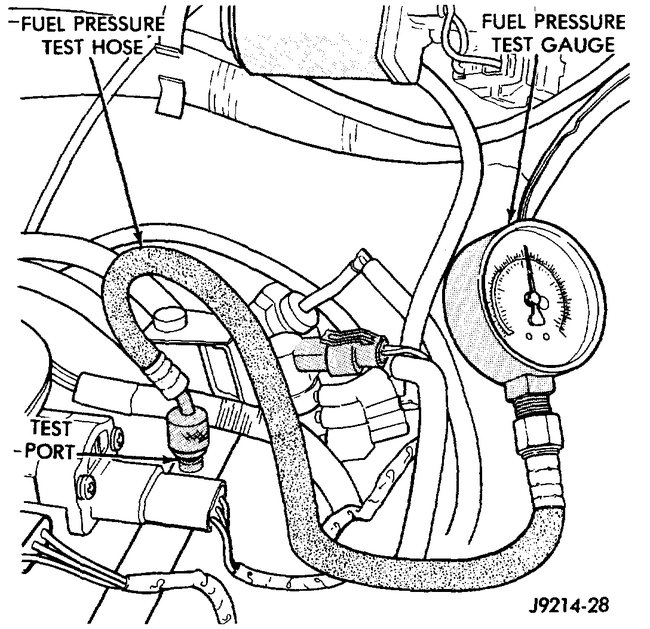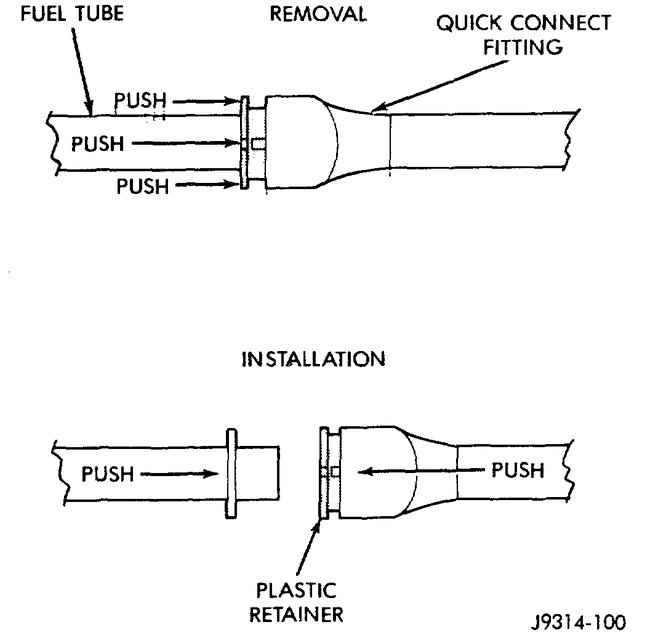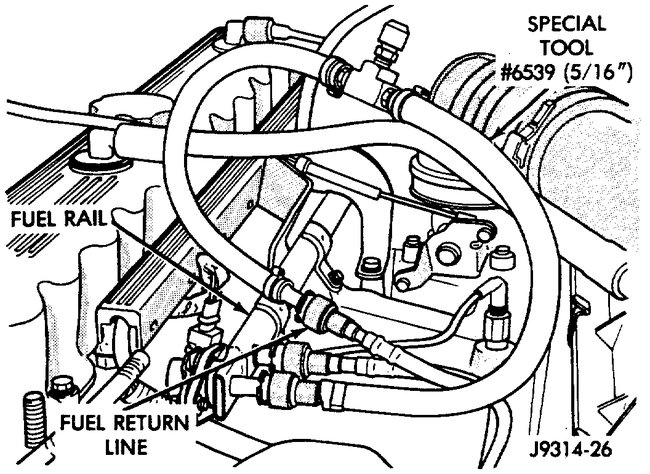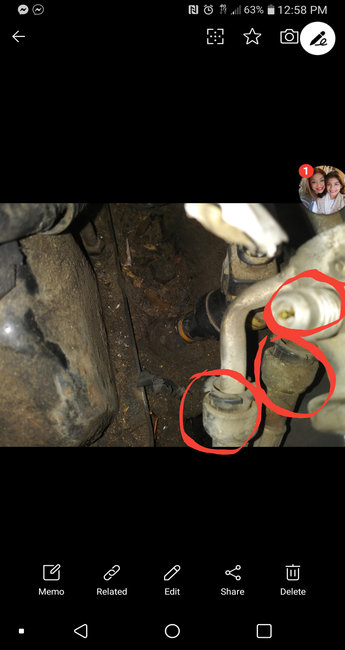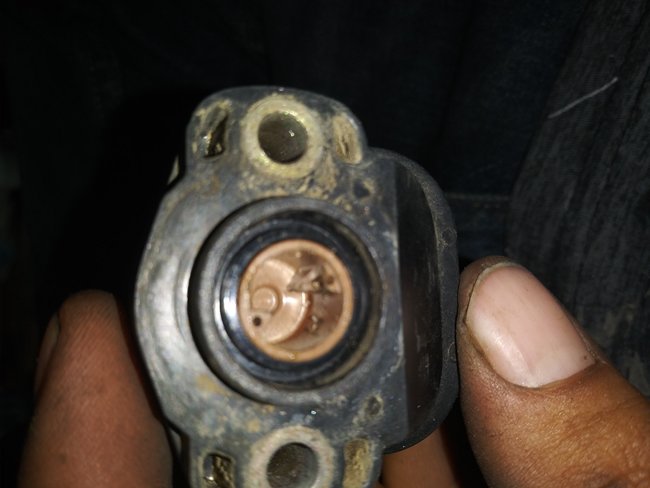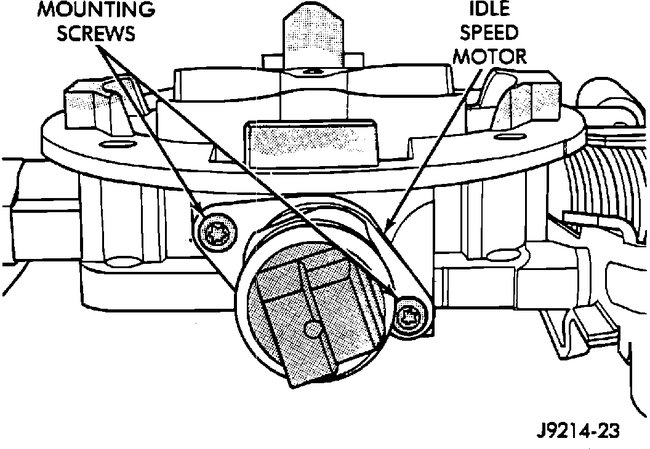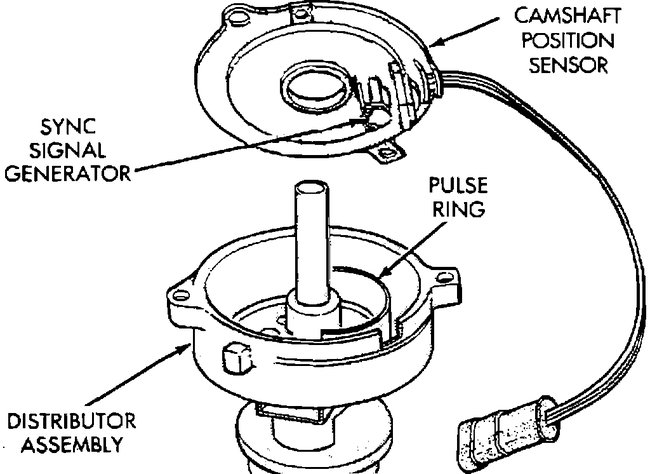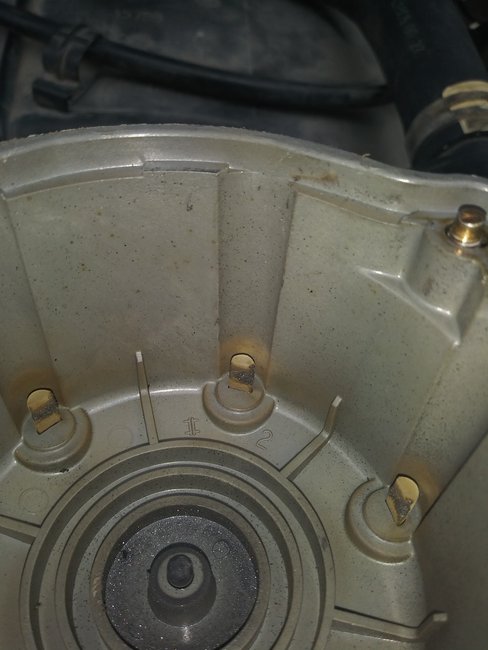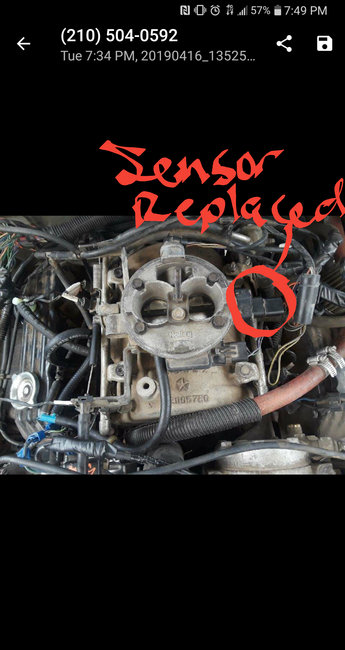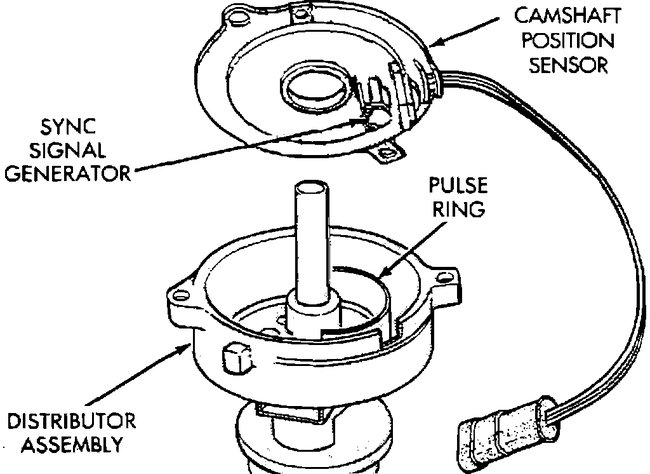Welcome to 2CarPros.
First, I need you to retrieve diagnostic trouble codes from the computer. It is simple to do and requires nothing but an ignition key.
https://www.2carpros.com/articles/retrieve-trouble-codes-for-chrysler-dodge-plymouth-odb1-1995-and-earlier-car-mini-van-and-light-trucks
I have to be honest, it does sound like a fuel related issue. Have you actually checked fuel pressure? Also, have you checked for major engine vacuum leaks? Although you don't have a fuel pressure gauge, most parts stores will lend or rent one to you. We really need to confirm it is within spec. Please keep in mind, you may get fuel but if the pressure is too low, the engine won't run or run properly.
Here is a link that shows how to check pressure:
https://www.2carpros.com/articles/how-to-check-fuel-system-pressure-and-regulator
________________________
Here are the specific directions for your vehicle. The attached pictures correlate with these directions.
FUEL PRESSURE TEST
Dual Throttle Body Assembly
picture 1
Pressure Regulator And Vacuum Hose
picture 2
Fuel systems on these vehicles are equipped with a vacuum assisted fuel pressure regulator. With engine at idle speed, system fuel pressure should be approximately 214 kPa (31 psi) with the vacuum line connected to the regulator. With the vacuum line disconnected from the regulator, fuel pressure should be approximately 269 kPa (39 psi). This is 55-69 kPa (8-10 psi) higher.
1. Remove the protective cap at the fuel rail.
Fuel Pressure Test - Typical
picture 3
Connect the 0-414 kPa (0-60 psi) fuel pressure gauge (from Gauge Set 5069) to test port pressure fitting on fuel rail.
2. Note pressure gauge reading. Fuel pressure should be approximately 214 kPa (31 psi) at idle.
3. Disconnect vacuum line at fuel pressure regulator. Note gauge reading. With vacuum line disconnected, fuel pressure should rise to approximately 269 kPa (39 psi).
Fuel pressure should be approximately 55-69 kPa (8-10 psi) higher with vacuum line removed from regulator. If not, inspect pressure regulator vacuum line for leaks, kinks or blockage. If vacuum line checks OK and fuel pressure does not rise approximately 8-10 psi after disconnecting vacuum line, replace fuel pressure regulator.
NOTE: The fuel pressure regulator is not adjustable.
4. If fuel pressure exceeds 45 psi, check fuel return line for kinks or obstructions.
If the previous tests checked good, fuel pump pressure is correct.
Proceed to the Fuel Pump Capacity Test.
If pump pressure was low, proceed as follows:
1. Release fuel system pressure. See Fuel Pressure Release Procedure.
Quick Connect Fittings
picture 4
2. Disconnect the 5/16 inch fuel return line quick connect fitting on fuel rail near fuel pressure regulator.
Adapter Tool Connections - Typical
picture 5
Connect Fuel Line (Tube) Pressure Test Adapter Tool number 6539 (5/16 in.) between the disconnected fuel return tube and fuel rail.
Warning: the fuel system pressure in the following test may exceed 100 psi. Before starting test, verify good connections at ends of adapter tool 6539. Be sure tool is locked onto fuel rail and fuel return line. Pull firmly on ends of tool to verify.
3. Using the DRB II or an equivalent scan tool, activate the fuel pump and pressurize the fuel system. Refer to the scan tool manufacturers service manual for scan tool operation.
4. Momentarily pinch the rubber hose portion of adapter tool 6539. Pressure should rise to approximately 75 psi within two (2) seconds. DO NOT pinch hose for longer than five seconds.
If fuel pump pressure rises to approximately 75 psi within two seconds, pump is operating at its maximum and is correct.
Proceed to the Fuel Pump Capacity Test.
If fuel pump pressure does not rise to approximately 75 psi within two seconds, proceed as follows:
1. Release fuel system pressure. See Fuel Pressure Release Procedure.
2. Raise and support vehicle.
3. Disconnect fuel supply line at inlet (fuel tank side) of fuel filter. Connect Fuel Line (Tube) Pressure Test Adapter Tool number 6631 (3/8 in.) between fuel filter and fuel supply line.
Warning: the fuel system pressure in the following test may exceed 100 psi. Before starting test, verify good connections at ends of adapter tool 6631. Be sure tool is locked onto fuel filter and fuel supply line. Pull firmly on ends of tool to verify.
4. Using the DRB II or an equivalent scan tool, activate the fuel pump and pressurize the fuel system. Refer to the scan tool manufacturers service manual for scan tool operation.
5. Momentarily pinch the rubber hose portion of adapter tool 6631. Pressure should rise to approximately 75 psi within two (2) seconds. DO NOT pinch hose for longer than five seconds.
If fuel pump pressure now rises to approximately 75 psi within two seconds, but this pressure could not be met at the fuel rail, check for a plugged or restricted fuel filter. Also check the fuel supply line between fuel filter and fuel rail for kinks or obstructions.
_________________________________
Do these things first. I have owned Dakotas for the past 20+ years, so I should be able to get you through this. However, I do need you to check the aforementioned things so I know which direction to lead you.
________________________________
Let me know what you find.
Take care,
Joe
Images (Click to make bigger)
Tuesday, April 16th, 2019 AT 10:45 AM
